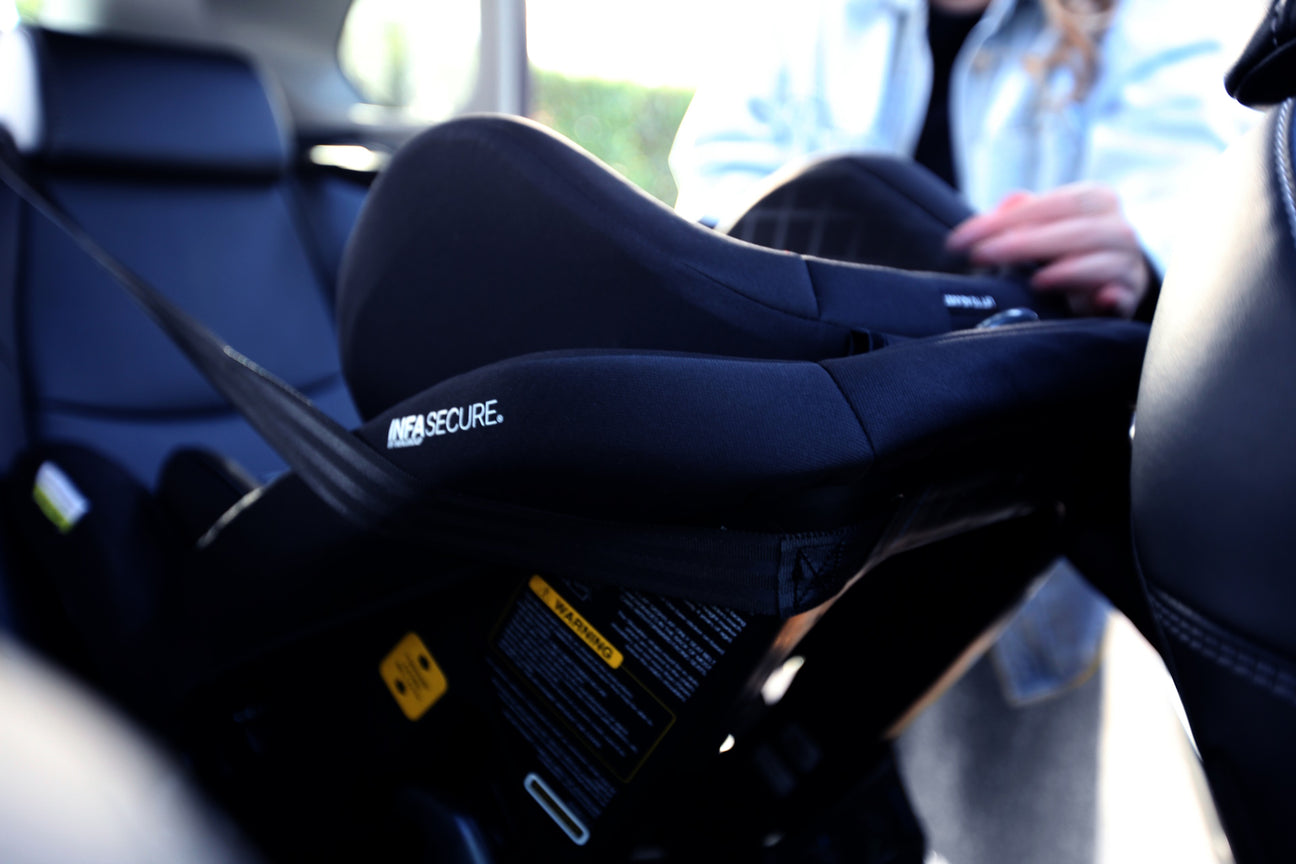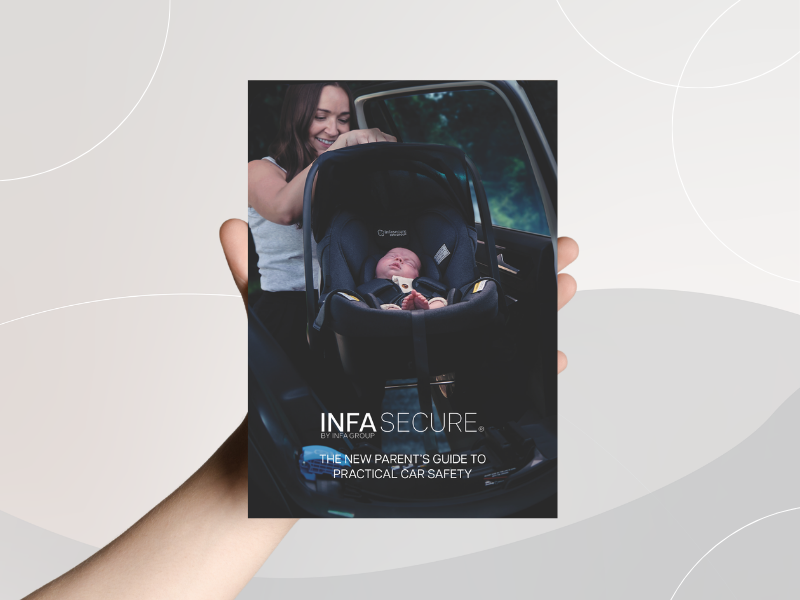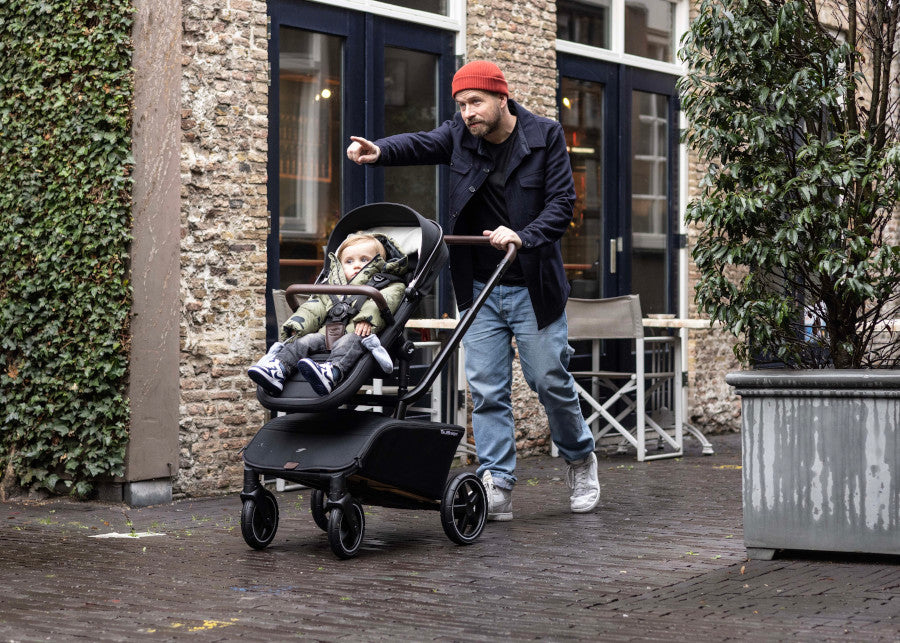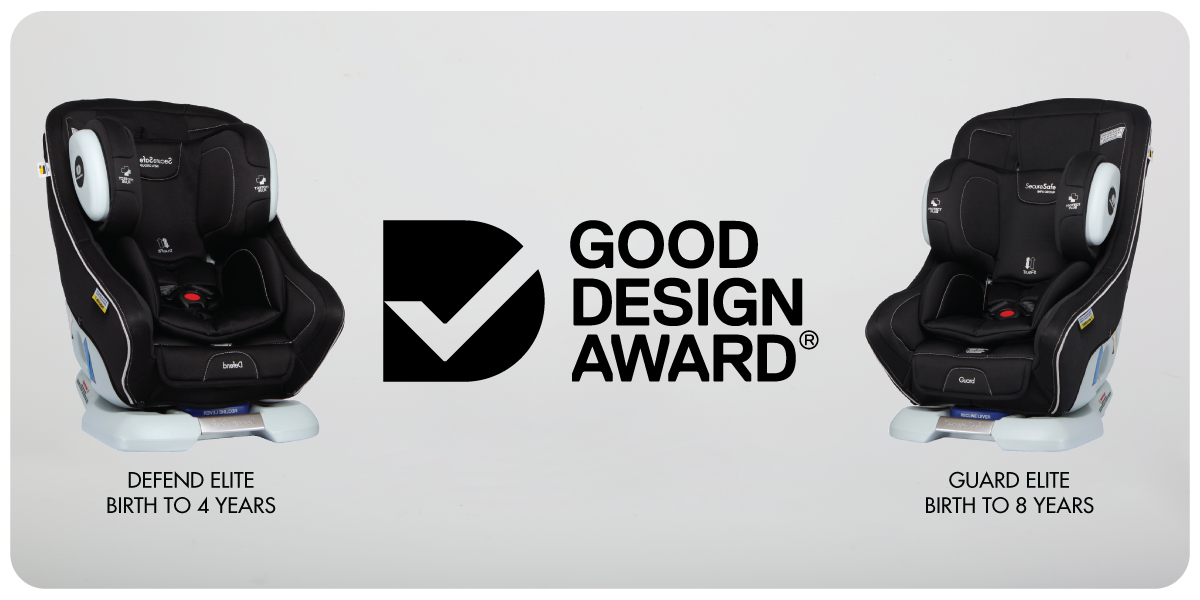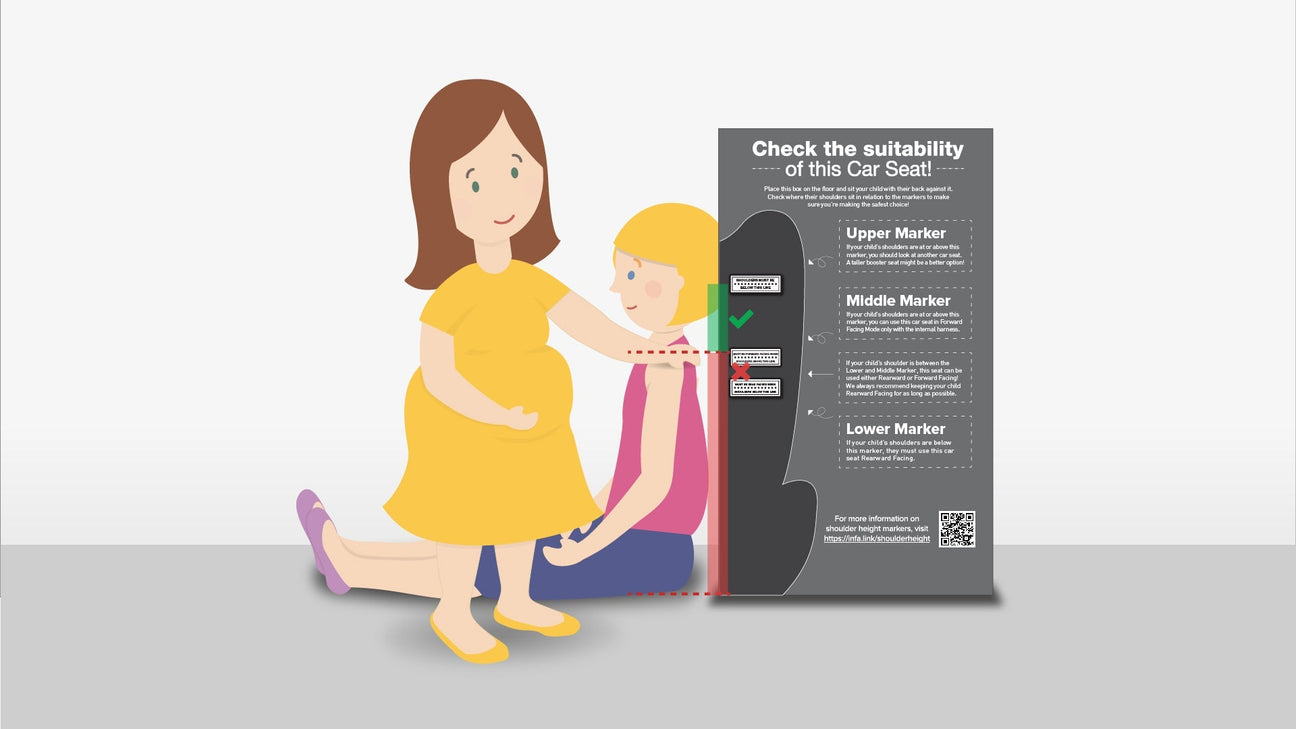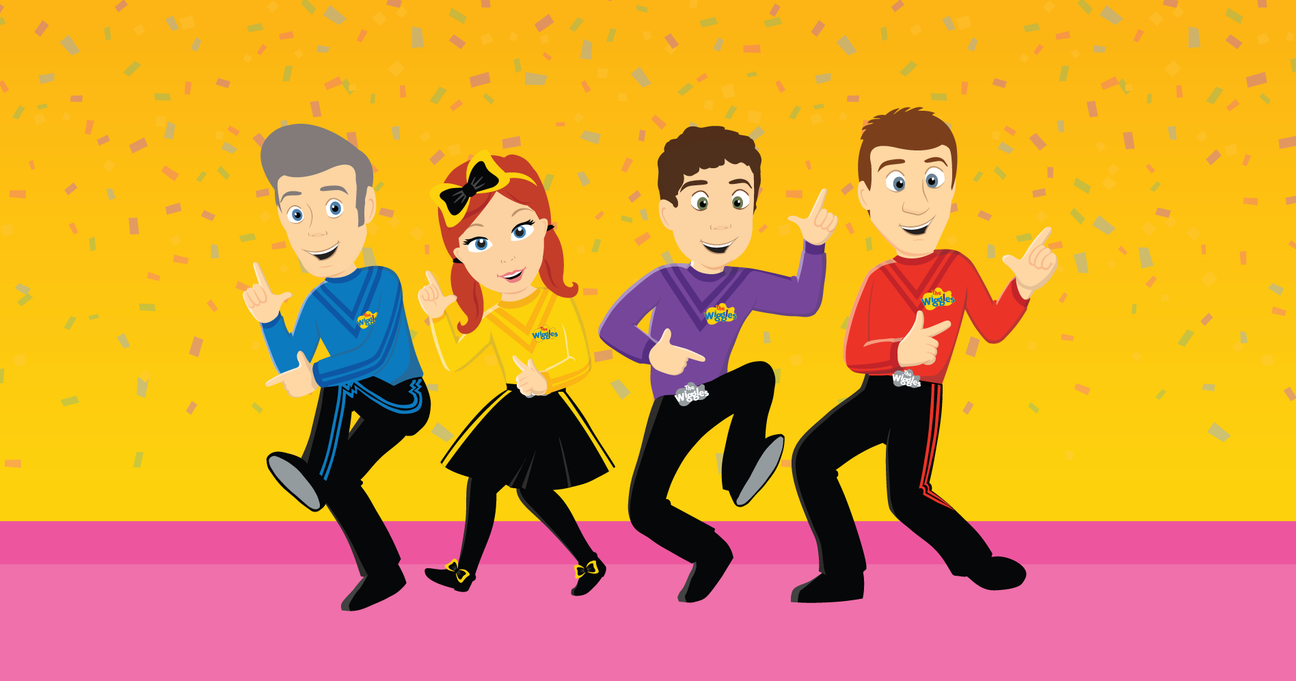You've probably noticed the shoulder height markers that are sewn into all new child restraints in Australia - but do you know what they are for, or how to use them?
When the 2010 revision of the Australian Standard for child restraint use in motor vehicles was published, it made significant changes to the way the suitability of a restraint was gauged for a given child. Previously, suitability had been determined by the mass (weight) of the child, but the 2010 standard removed all mention of weight, opting for shoulder height marker labels, that are sewn into child restraint covers, instead.
The shoulder height markers give parents and carers an easy to understand, visual reference for suitability, taking away the guesswork and the potential to lose track of your child's growth in any given child restraint.
When researching to buy a child restraint, it can be extremely helpful if you know your child's seated shoulder height, so we thought we'd explain how to measure it correctly.

Shoulder Height Markers
Your child should be in their regular clothing (if they normally wear a nappy when travelling, have them wear one now, for example).
For older children, who can sit up unaided;
- Have them sit on a flat surface, with their back against a wall.
- Measure from the floor to the top of their shoulder.
- As children's shoulders slope downward from their necks, we recommend you measure to the middle point between their neck and the outside of their shoulder (where the shoulder strap of the child restraint harness would naturally sit).
If your child is still to young to sit up unaided;
- Have them lay flat on their back, and lift their legs as if they were sitting, or have them lay in their existing child restraint.
- Measure from their bottom, up to their shoulder.
- As children's shoulders slope downward from their necks, we recommend you measure to the middle point between their neck and the outside of their shoulder (where the shoulder strap of the child restraint harness would naturally sit).
While we recommend parents physically try their children in a child restraint prior to purchase, that isn't always possible, and having their seated shoulder height can give you a good indication as to whether a child restraint is going to be suitable. Even if you can get to a store to try the restraints, you can significantly narrow your choices down ahead of time using their seated shoulder height. We feature all of the approximate shoulder height marker label positions on our product pages, on the specifications tab, so it should be easy to find a suitable InfaSecure child restraint, even before you leave the house!
If you have any questions or comments, please get in touch with us!








